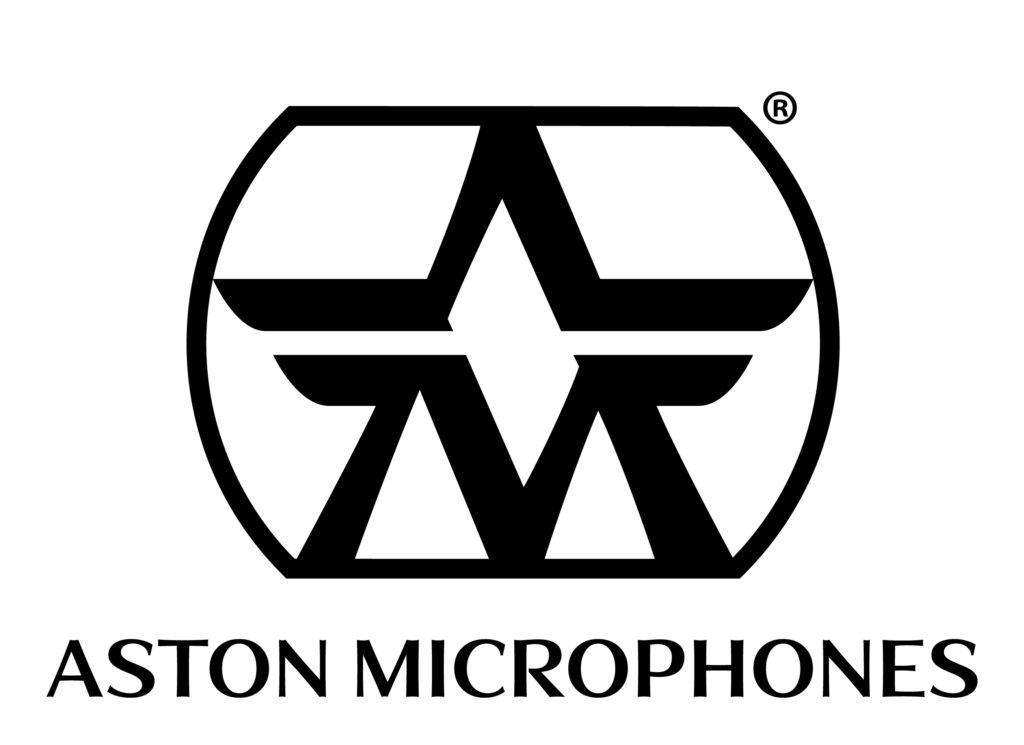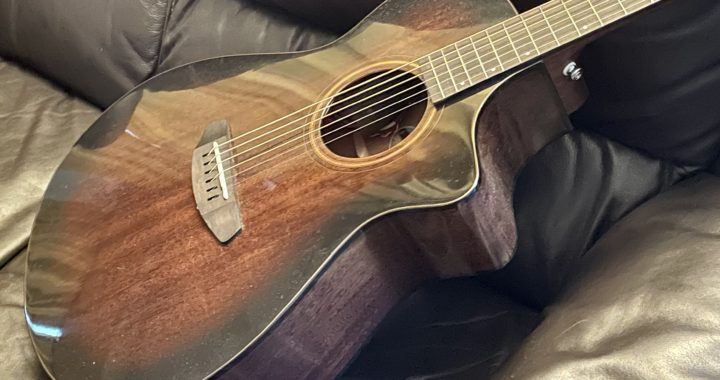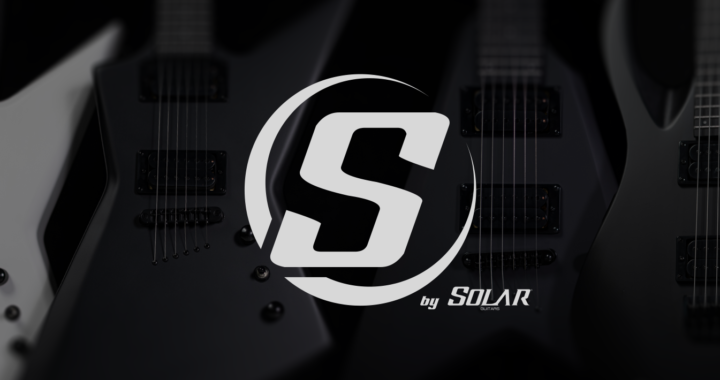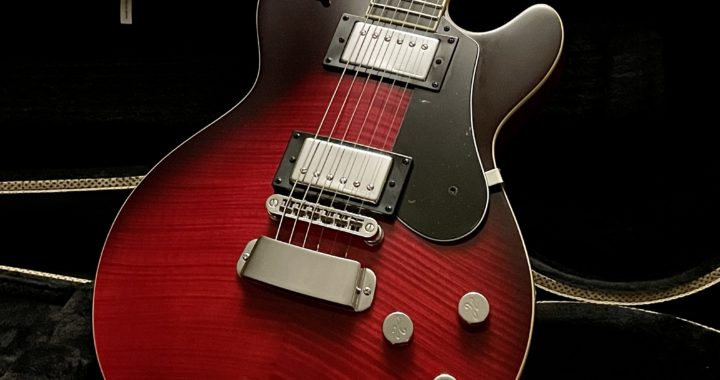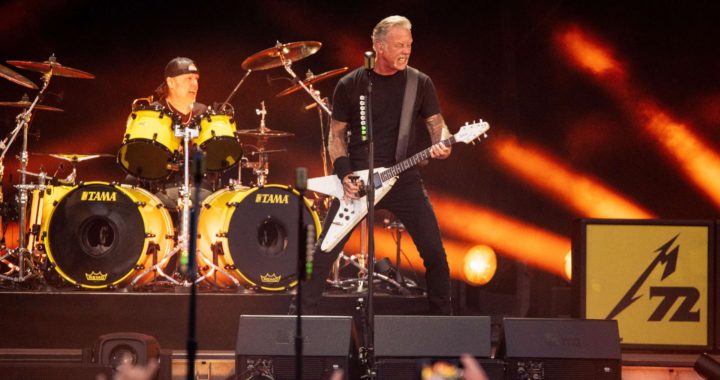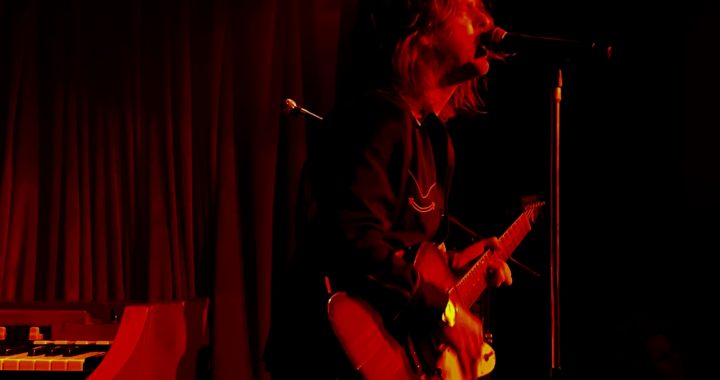STOAKES GEAR TALK – ASTON STEALTH DYNAMIC MICROPHONE
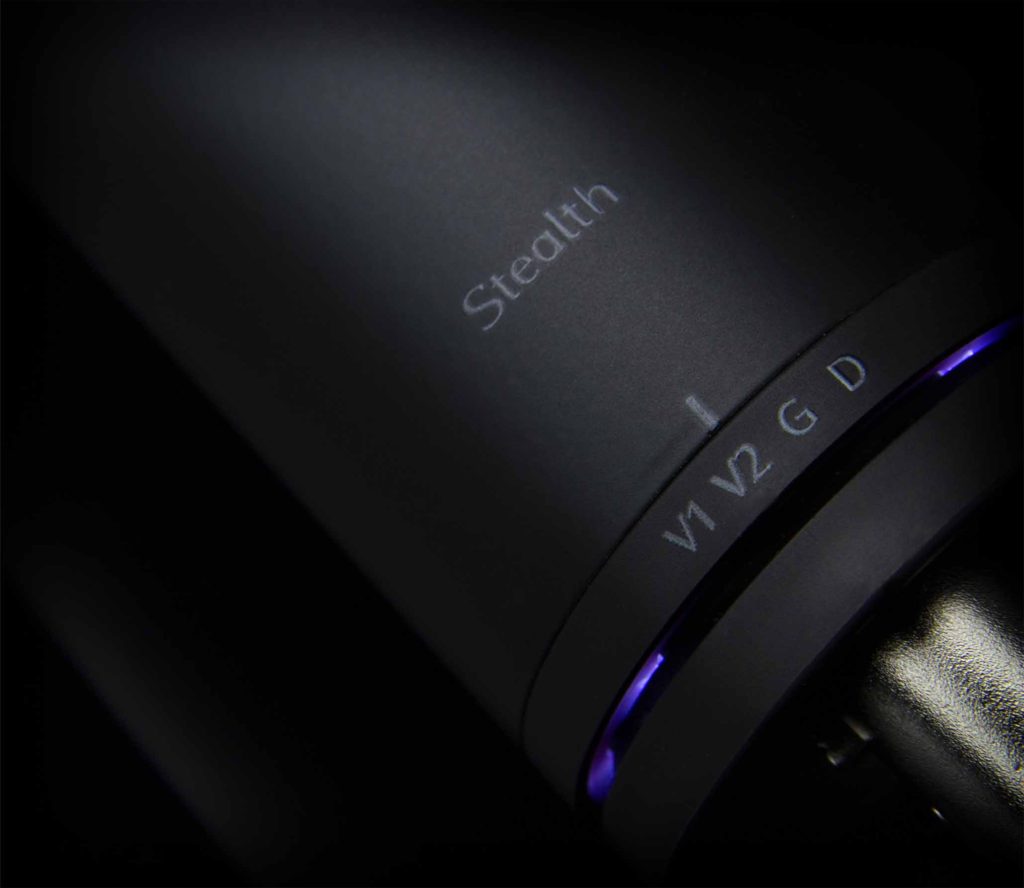
I have read so many reviews of the Aston Stealth microphone and they are all pretty much saying the same thing. The mic is essentially four mics in one and is punching well above its weight. Yes, I would totally agree. I have had the Stealth now for just over a month and I absolutely love it. I have used it to record my radio show, Stoakes Media Live on Radio TFSC, plus I’ve used it for some of my interviews on Stoakes Media as well as a bit of music recording.
It is a cardioid dynamic microphone, which means, unlike a condenser mic, it can be used in slightly noisier environments. That being said, it still picks up a lot, which actually is a good thing; it means you don’t have to be on top of it and you can still get a great sound. One of the problems that I have seen highlighted in other reviews are problems with plosives, they say it is very ‘poppy’, I would have to disagree. Yes, of course, if you treat it like an SM58 where you have to ‘eat the mic’, then of course, you’re going to get some plosive problems, but move back a little and all is well! I have been positioning myself around a foot away and I haven’t had any problems.
The mic doesn’t come with a shock mount and instead has a built in shock mount which isn’t the best. It’s ok, if when you’re recording you stand very still, but I noticed it picked up vibrations from the floor and that was just from me shuffling a little, or tapping my foot in time with the guitar. Knock the mic stand and you’re definitely in trouble. Then imagine if you’re in a live setup, with four members of the band jumping around on stage. Not ideal. Although, it’s an easy problem to fix, you could get a universal shock mount, or just be careful.
In the box there is also a stand mount which is a really simple bit of kit, which allows you to attach and detach your Stealth from the stand, a really simple locking mechanism which is strong enough that it won’t let you accidentally pull it off the mount, but with a simple pull you can detach it. It also locks in place so you can position it at your preferred angle.
As I mentioned at the beginning of this review, this mic is ‘four mics in one’. It has four individual circuits built into it and these can be selected by twisting the base of the microphone. V1 – ideal for male vocals, V2 – ideal for female vocals, G – ideal setting for guitar and D – reminiscent of an old ribbon mic. Both V1 and V2 were both very bright sounding, I would say V2 perhaps was a little bit more ‘airy’ with slightly more treble than V1, but the differences were very subtle. G is the perfect setting for a guitar, and works just as well on acoustic and in front of an amp, sound wise the top and bottom on the G setting is less prevalent and it is very much focussed on the mid range frequencies, right where your guitar sound sits. Having said that, record your guitar using the V2 setting and you’ll get a huge bright sound.
And now comes my favourite setting, the D setting. More akin with an old ribbon microphone, guitars sound rich and deep and vocals sound equally impressive. With a little more bass frequency, this setting I would say would be ideal for more of a rock vocal or if you are singing and playing older material, recording swing or jazz standards for example. The V1 and V2 present a much more modern sound whereas D has that real classic sounding feel.
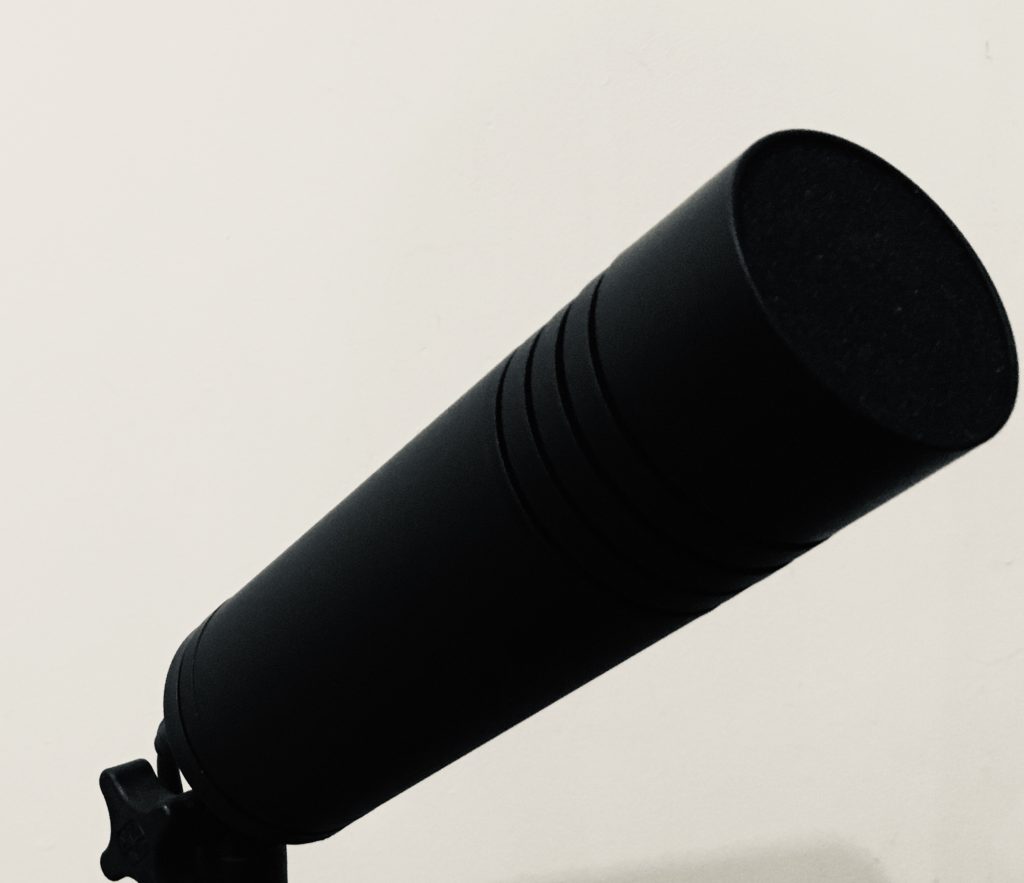
Unlike other similar dynamic microphones that require a cloud lifter to achieve the desired amount of input gain, the Stealth has a built in Class A pre amp, which unlike a typical cloud lifter that gives a measly 25dB, the class A Pre Amp packs a real punch, delivering a staggering 50dB of gain when phantom power is detected. This means you can record and have your audio interface gain very low, or even at zero and the mic will still come through loud. As a reference, when I record vocals using my NT1-A (Ok, I know it’s a condenser, but hear me out) I have the gain set at around 5 on my interface. The Aston Stealth is between 0 and 1! This makes for a crystal-clear sound too. It is also worth noting, this is especially beneficial if you haven’t got the best quality mic pre’s on your audio interface, as the lower the gain on the input channel, the better the sound quality and cleaner the sound will be.
When using the Stealth with phantom power, the mic detects that phantom power is turned on and a little purple LED lights up. When using the mic in passive mode, you can use all the four voicings, the only difference is the internal microphone class A preamp doesn’t engage which allows you to record loud guitar cabinets for example. In a live situation, it just works like any other dynamic mic, although personally my preference would be for use in a studio, only because it might be a little bulky and perhaps not the best as a live ‘handheld’ mic.
However, like I have said previously, it is in the studio where the Aston Stealth really shines. Aston are marketing this microphone as a competitor to the likes of the SM7B, but I would argue that simply there is no competition. The sound quality is great, it is considerably cheaper especially when you factor in the cloud lifter that you would have to buy in order to use the shure. This is an outstanding microphone. I especially like the D setting and I have used this most of all.
Check out my interview with Doug Aldrich on Stoakes Media, or listen to this competition advert I recorded for Stoakes Media Live, both of these were recorded using the Aston Stealth on the D setting. Now compare the sound quality to my interview with Jim Cregan, which was recorded on my Rode NT1-A. There is no contest, I absolutely love the richness and depth of the sound and I wonder whether Aston in the future might do individual microphones using the four separate voicings?
Would I buy the Aston Stealth? Absolutely, despite Aston being the new guys on the block, the Stealth has proven it can hold it’s own against tough competition. I wouldn’t be surprised to see the Stealth becoming a staple in studio’s up and down the country over the next few years. If you are in the market for a new microphone, or you’re looking for something that can record not just vocals, but instruments and voiceover too, and sound great in the process on whatever it records, the Stealth is for you.
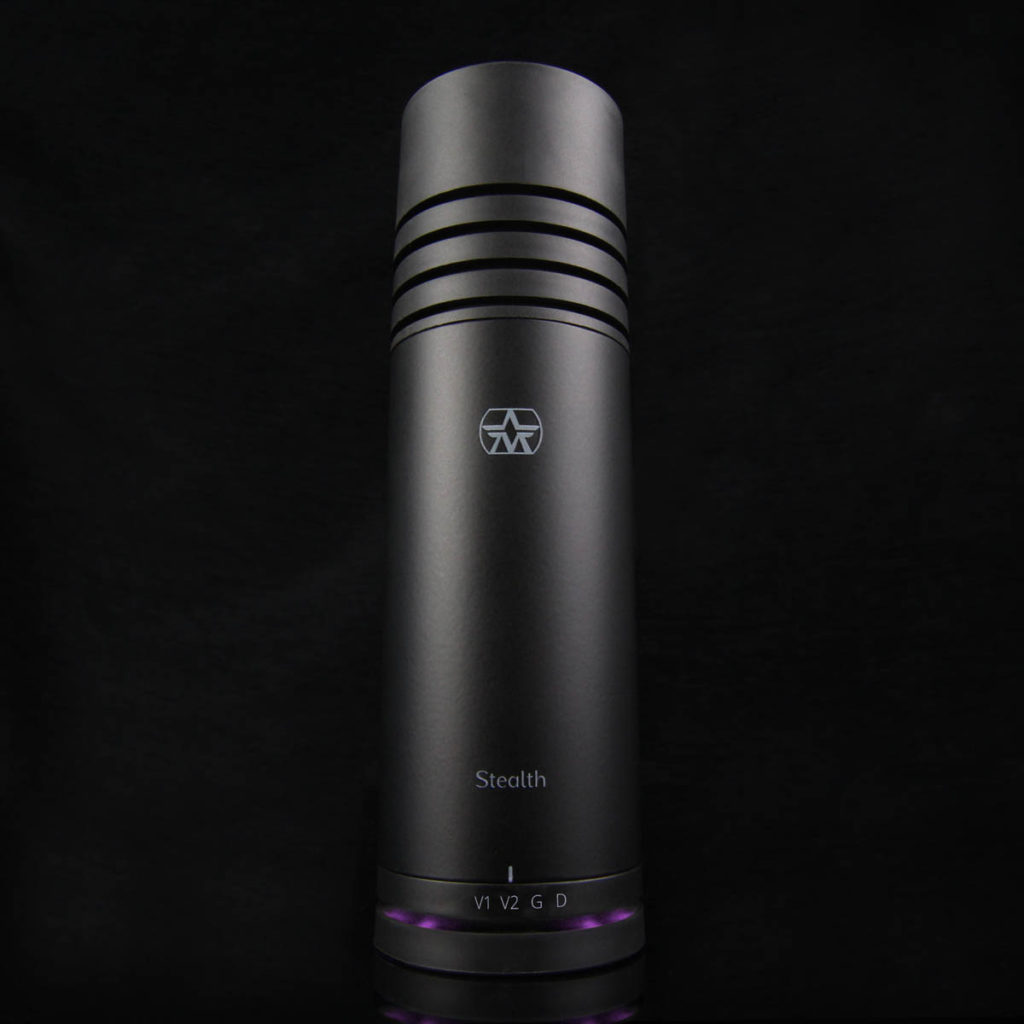
Specs:
- Transducer Type: Moving coil
- Directional Polar Pattern: Cardioid
- Frequency Response: 20Hz – 20kHz (+/-3dB)
- Equivalent Self Noise Level: 10dB A-weighted
- Sensitivity at 1kHz into 1kohm – passive mode: Average 1 mV/Pa (varies across 4 voices)
- Sensitivity at 1kHz into 1kohm – active mode: Average 150 mV/Pa (varies across 4 voices)
- Maximum SPL for THD 0.5%: 140dB
- Product length: 196 mm / 7.72 in
- Product width: 58 mm / 2.28 in
- Product weight: 692 g / 1.52 lb
RRP: £299
